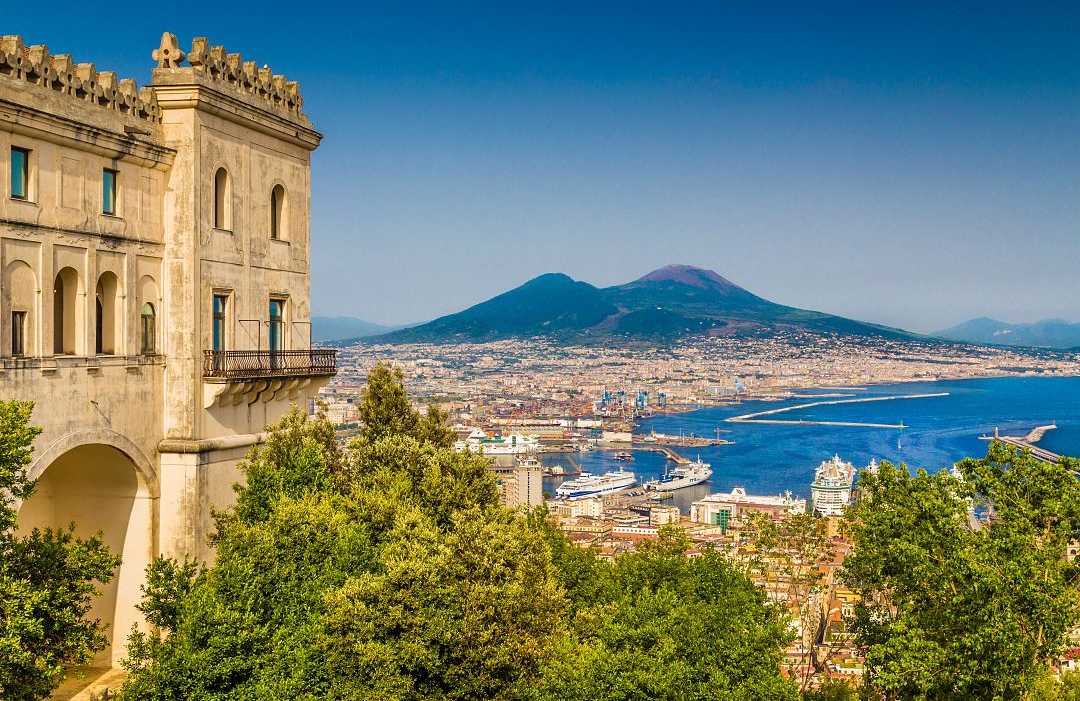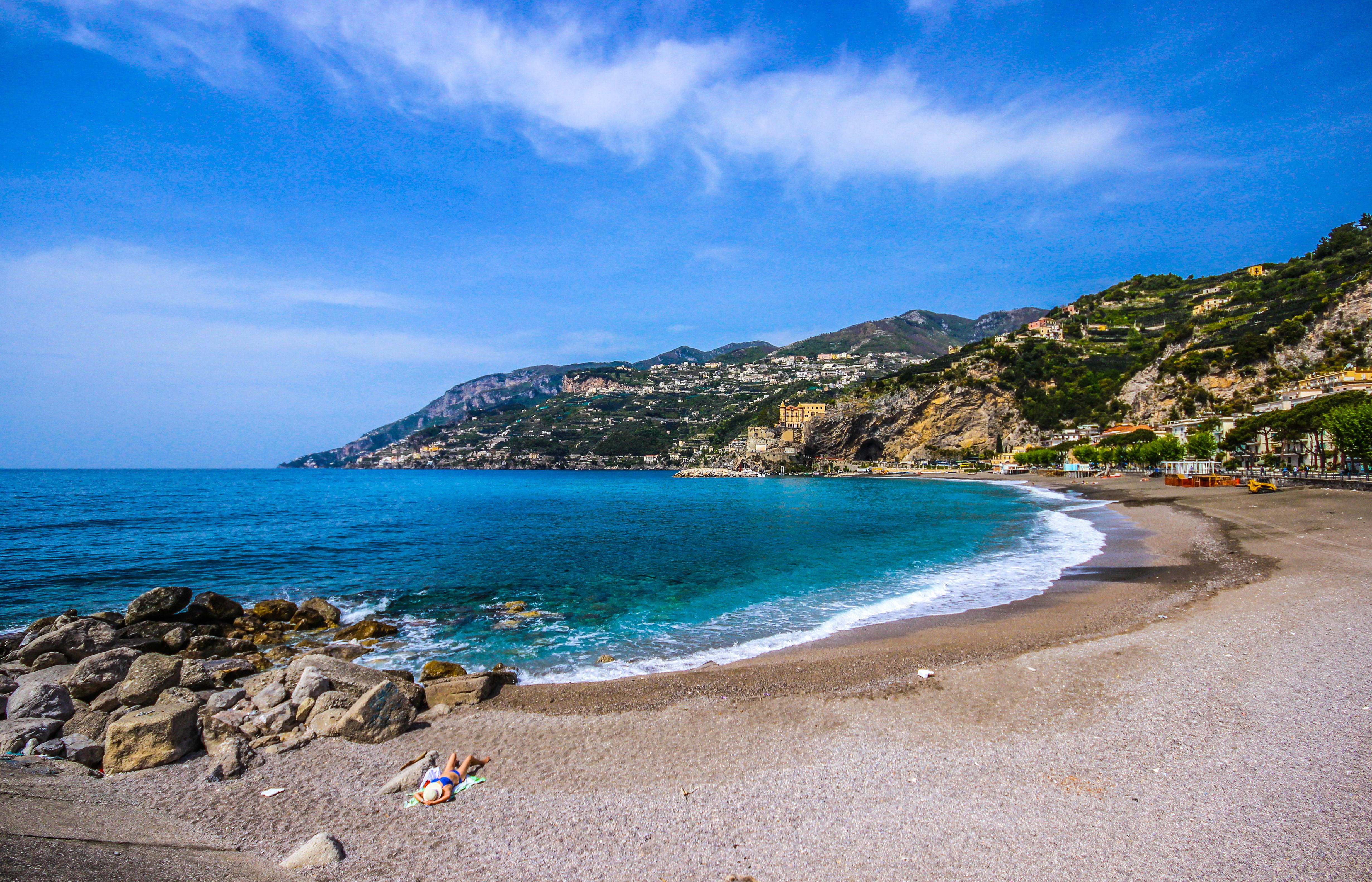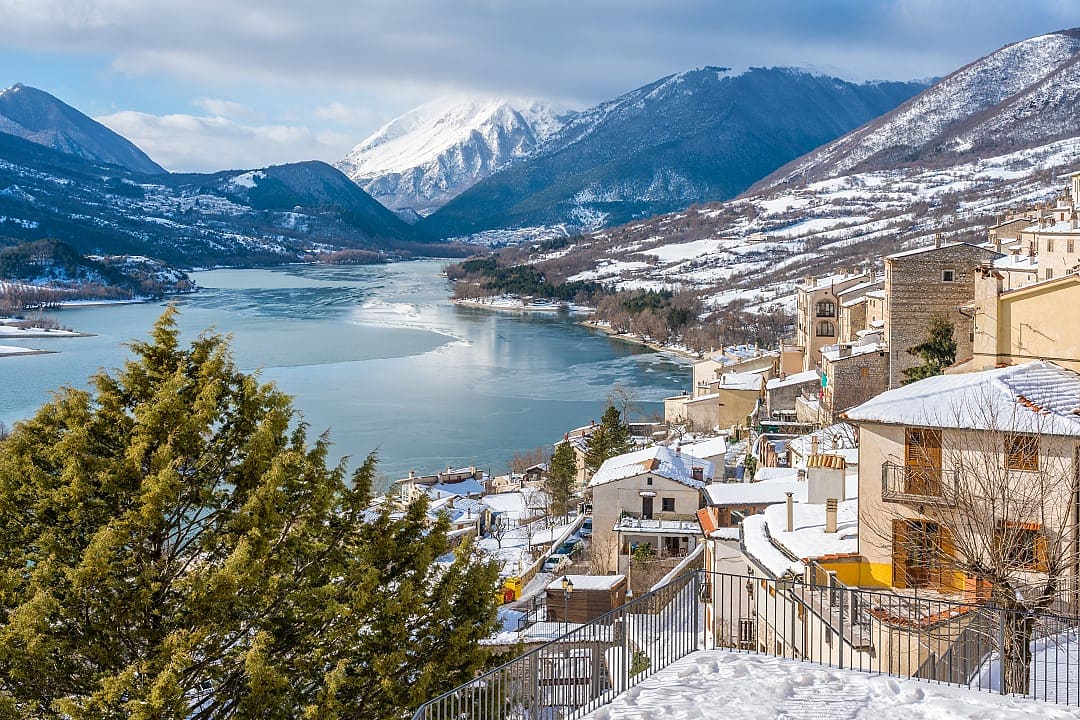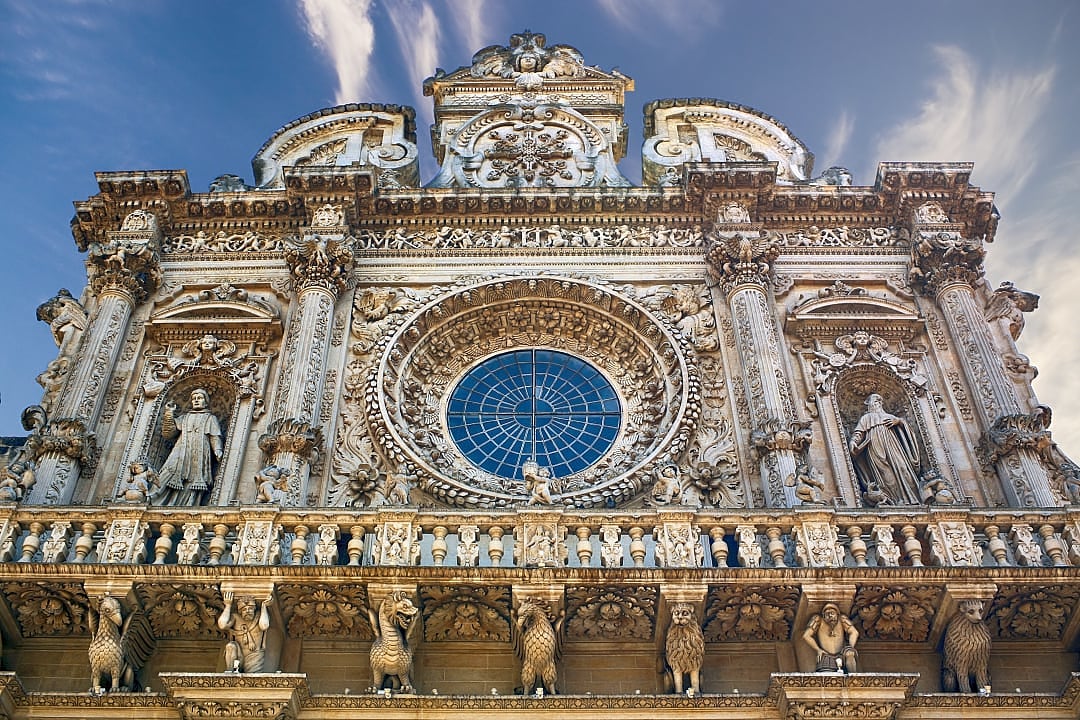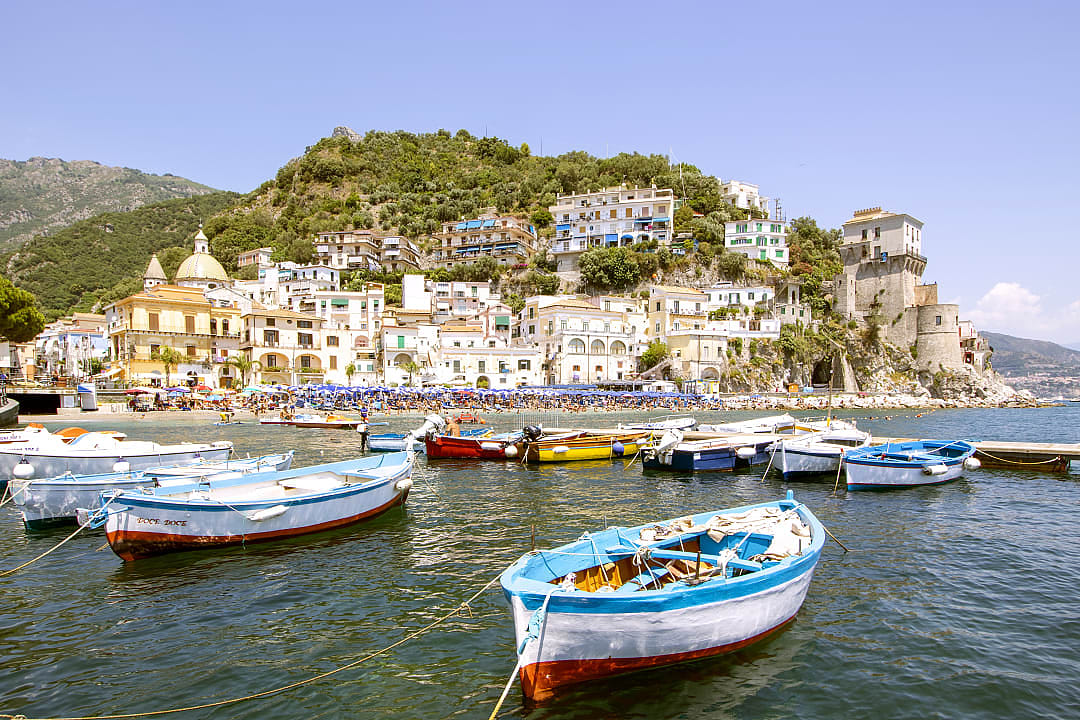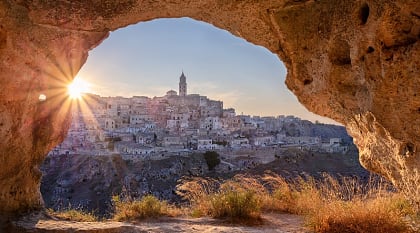With a rugged coastline and breathtaking views on either side of winding roads, the Amalfi Coast is an inspiring place to visit in Southern Italy. This UNESCO World Heritage destination transforms every curve into a postcard moment, where dramatic cliffs plunge into azure waters and picturesque villages cascade down mountainsides.
The coast's unique geography creates microclimates that support lemon groves, olive trees, and Mediterranean vegetation, while its strategic position has attracted civilizations for over 2,000 years, leaving behind an abundance of cultural treasures to uncover on a Romantic Getaway to the Islands and Villages of the Amalfi Coast.
Coastal Heritage Through the AgesThe Amalfi Coast's appeal was built through its role as a powerful maritime republic, where merchant families created a sophisticated trading network that connected the Mediterranean world, leaving architectural and cultural legacies that continue to enchant visitors.
- Founded as a Byzantine duchy in the 6th century, Amalfi became one of Italy's four great maritime republics, rivaling Venice, Pisa, and Genoa in wealth and influence
- The famous Amalfi Code, maritime laws developed here in the 11th century, governed Mediterranean trade for centuries and established legal principles still used today
- Terraced agriculture, perfected over a millennium, created the iconic landscape where families still tend lemon groves and vineyards using traditional methods passed down through generations
- The Amalfi Drive, carved into cliffsides in the 1850s, transformed isolated fishing villages into accessible destinations, while preserving their authentic character and traditional way of life
Immerse yourself in the Amalfi Coast's sensory beauty, where every village offers unique perspectives on the timeless relationship between sea, sky, and stone.
- Feel the Mediterranean breeze carrying scents of lemon blossoms and wild herbs as you navigate winding coastal roads that reveal new panoramic vistas around every curve
- Taste authentic limoncello made from sfusato lemons grown on ancient terraces, while family-run restaurants serve fresh seafood caught by local fishermen using methods unchanged for centuries
- The sound of church bells echoing across coastal valleys mingles with waves lapping against pebble beaches and the distant calls of seabirds soaring above dramatic clifftops
- Evening brings golden hour lighting that transforms whitewashed buildings into glowing jewels, while sunset aperitivos on terraced gardens provide front-row seats to nature's daily spectacle
Experience the Amalfi Coast's most captivating destinations through village-by-village exploration that reveals each community's distinct personality and breathtaking setting.
- Positano: Explore this vertical village where pastel houses tumble toward the sea, boutique shops line narrow staircases, and the iconic dome of Santa Maria Assunta watches over a crescent beach
- Ravello: Discover this hilltop sanctuary perched above the sea, where Villa Rufolo and Villa Cimbrone gardens offer panoramic terraces and classical concerts in settings that inspired Wagner
- Cetara: Visit this authentic fishing village famous for anchovies and tuna, where traditional tonnara fishing techniques continue and family restaurants serve the coast's most authentic seafood
- Minori and Maiori: Experience these twin towns with the coast's longest beaches, Roman villa ruins, and local life that continues at a pace removed from tourist crowds
- Praiano: Find tranquility in this quiet village stretched along the coast, offering stunning sunset views and access to hidden beaches reached by ancient mule paths
Recommended length of stay: 3-4 days
Explore our Amalfi Coast travel guide or connect with our specialists to design your perfect escape.
